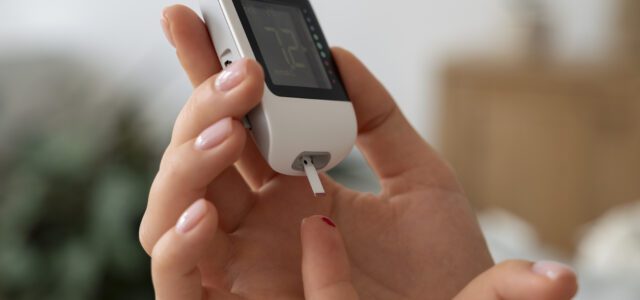Whether you’re treating a hormone imbalance, dealing with the issues of menopause, or addressing problems with your thyroid, hormone replacement therapy can completely change how you feel and your outlook on life. Hormones affect many vital processes that happen in the body, and choosing to use HRT to put your levels back on track can have powerful effects on almost every aspect of your physical wellbeing.
Once you’ve settled on HRT, though, you have more decisions to make, and one of the biggest decisions is what form of hormone you’re going to use. There are many different ways that replacement hormones can be delivered into your system, and no one way is better than the others. You’ll have to decide which form is going to be the best fit for you, and to do that, you’ll need to know about your options! Here are the most common forms of hormones used in HRT and the benefits and drawbacks of each one.
Pills
Of the forms of hormone therapy, pills taken orally are the most common. Most are taken once a day, although some pills have different or more complex dosing schedules, and they are one of the most researched forms of hormone therapy since they’ve been around for the longest.
The benefits of pills is that they are easy to use and an effective way to deliver hormones to your system. Some of the downsides of pills, however, is that they can carry side effects. With estrogen therapy, for instance, side effects could include headaches and nausea, and pills can sometimes carry risks of aggravating other health conditions, like liver damage or increased risk of strokes or blood clots. Your doctor can discuss with you if these potential side effects are likely to cause an issue in your case.
Patches
Patches attach to your skin with an adhesive and secrete hormones into your system through the skin. Usually you wear patches somewhere out of the way, like on your stomach below your waistband, and you change them out regularly according to the instructions, typically once a week. If you frequently forget to take pills or other medications, patches can be a good option for you since they’re more of a “set it and forget it” kind of treatment.
Skin patches can be a good choice for people who can’t take pills– for instance, if you have a liver condition and can’t take oral estrogen, which is hard on the liver, an estrogen patch completely bypasses the liver and would be a great option. Side effects like headaches or nausea from patches can also sometimes be less intense than those from pills, although this does vary from person to person. Hormone patches usually need to be kept away from high heat or direct sunlight, though, because it can make them release their doses too quickly. This makes them difficult to wear for people who spend a lot of time outdoors in hot climates or who frequently use tanning beds or saunas. If these things apply to you, a different option might be better.
Topical Treatments
Topical hormone treatments cover any type of treatment that is applied to the skin, such as gels, creams, and sprays. They work similarly to patches by allowing the hormone to be absorbed into the bloodstream through the skin. They may be applied to different places on the body depending on the specific medication, like the arm or the leg.
Like patches, hormone creams, gels, and sprays are good for anyone who can’t take hormone pills orally because they bypass the digestive system and go straight to the bloodstream. Unlike patches, however, they do need to be applied regularly, often daily, which can make them difficult for people who have trouble remembering to take medication. Additionally, there is a risk of them being rubbed or washed off before they have a chance to absorb. Because of this, topical treatments always need to be applied after bathing or showering, and you should let them fully dry before dressing.
Vaginal Treatments
Vaginal suppositories, rings, and creams are most often used to deliver estrogen, and they are commonly used by women whose hormone imbalances lead to them having vaginal dryness, itching, burning, or pain during sex. This is one of the most effective ways to treat the vaginal symptoms of menopause. The schedules for these treatments can vary depending on what kind you’re using, from needing to be changed daily or a few times a week to only needing to be changed or reapplied every few months.
These treatments, like patches, are convenient because you don’t need to take them every day, and if the only real problems you’re having with a hormone imbalance are related to dryness and discomfort, they can be great to target that symptom directly. They also typically have a low dosage, reducing the risk of side effects like headaches or nausea. On the downside, they often don’t do much to help other symptoms such as hot flashes, so if you have symptoms besides vaginal discomfort, another type of therapy would be a better choice for you. It’s also not recommended to use vaginal treatments long term unless you’ve had a hysterectomy, because extended use can increase your risk of endometrial cancer.
While other types of hormone replacement treatments are available, these are the most common ones that you’ll run across. As you can see, each one has pros and cons, and your doctor can help you decide which will work best for you. If you’re interested in learning more about HRT, contact Renewed Vitality to schedule an appointment today!





